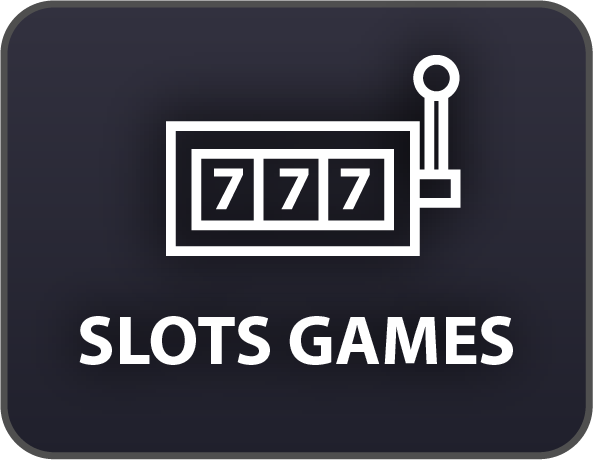Casino Slots RTP: How Return to Player Affects Your Pay Out
Every slot game has a built-in return, but do you know how much actually comes back to players? Return to Player (RTP) is a percentage that shows how much a slot pays back over time.
A 96% RTP means that, on average, $96 is returned for every $100 wagered. But RTP isn’t the whole story—volatility and game features also matter.
Let’s break down how casino slots RTP affects your chances of winning.
Quick overview:
How Does Slot RTP Work?

Slots RTP works by calculating the percentage of total wagers a game returns to players over time. This number is based on millions of spins, meaning short-term results can vary widely. While a 96% RTP suggests that players receive $96 back for every $100 wagered, this is an average—individual spins are completely random.
The Math Behind RTP
RTP is a long-term calculation, not a guarantee of immediate payouts. Each game is programmed to return a set percentage over millions of rounds, ensuring fairness but allowing for winning streaks and dry spells in the short term.
Why You Won’t Always Get 96% Back
Every spin is independent, thanks to a Random Number Generator (RNG). This means results are unpredictable—one player could land a jackpot within minutes, while another might play for hours before seeing a big win.
Who Determines RTP?
Game developers set RTP using mathematical models, and independent testing agencies like eCOGRA and iTech Labs verify fairness. Also, RTP is built into the game software, so casinos can’t modify it at will.
RTP vs. House Edge: What’s the Difference?
RTP and house edge represent two sides of the same coin—one shows what players can expect to win, while the other shows how much the casino retains. A slot with 96% RTP has a 4% house edge, meaning the casino is expected to keep $4 for every $100 wagered over time.
The Casino’s Built-In Advantage
Every casino game is designed to ensure long-term profitability for the house. While players can win big in short sessions, the house edge ensures that over millions of spins, the casino remains profitable.
Why Lower House Edge Benefits Players
Games with higher RTP (and lower house edge) give players better chances of long-term returns. While this doesn’t guarantee short-term wins, playing slots with a higher RTP generally leads to better payouts over extended play sessions.
How to Find RTP on a Slot Machine
Slots RTP is usually listed in the game’s information section, but not all slots display it upfront. Knowing where to look can help you choose games wisely and avoid unnecessary guesswork.
Where to Look for RTP Information
Most online slots include RTP details in:
- The paytable or game rules section
- The developer’s official website
- Trusted slot review sites
If you don’t see RTP in the game menu, searching for the slot’s name plus “RTP” online can often lead to official sources.
Do All Slots Show RTP?
Not always. Some providers don’t disclose RTP directly in-game, especially in land-based casinos, where RTP may vary based on machine settings. In contrast, most regulated online casinos publish RTP values for transparency.
Can RTP Be Manipulated?
Casinos can’t change RTP at will. Slot RTP is built into the game’s software and verified by independent testing agencies like eCOGRA and iTech Labs. However, some games come with multiple RTP settings, meaning different casinos may offer the same game at different RTP levels.
Does Higher RTP Mean Better Wins?

Slots RTP shows how much a game returns over time, but it doesn’t determine how often or how much you’ll win per spin. That’s where volatility comes in, as it affects the risk and payout patterns, making some high RTP slots feel very different from others.
RTP vs. Volatility – What Matters More?
While RTP reflects long-term payout percentages, volatility dictates win frequency and size:
- Low volatility – More frequent but smaller wins, great for steady bankroll play.
- High volatility – Less frequent wins but bigger payouts when they hit, ideal for risk-takers.
For example:
- Cyberpunk City has low volatility, meaning steady payouts with fewer risks.
- 777 Deluxe sits in the middle, offering a balance between frequent wins and bigger surprises.
- Golden Buffalo is high volatility, meaning longer dry spells but huge multipliers when wins land.
Not All High RTP Slots Feel the Same
Even if two games have similar RTP, their volatility can make them play very differently:
- A low-volatility game like Cyberpunk City keeps payouts frequent, but usually smaller.
- A high-volatility game like Golden Buffalo might have longer losing streaks but huge rewards when they hit.
- Jackpot slots like A Night With Cleo have a lower RTP because part of each bet funds the progressive jackpot, giving players a shot at life-changing payouts instead of frequent wins.
Choosing the right slot means balancing RTP with your preferred level of risk and reward.
What You Need to Know About Slots RTP Before You Play
Understanding RTP in slots helps you make smarter choices, but it’s only part of the equation. Volatility, game features, and jackpots all influence how a game plays. Whether you prefer frequent small wins or chasing big payouts, knowing how RTP works puts you in control.
Now it’s time to put your knowledge to the test. Explore SlotsLV’s top slots today and start playing smarter!










